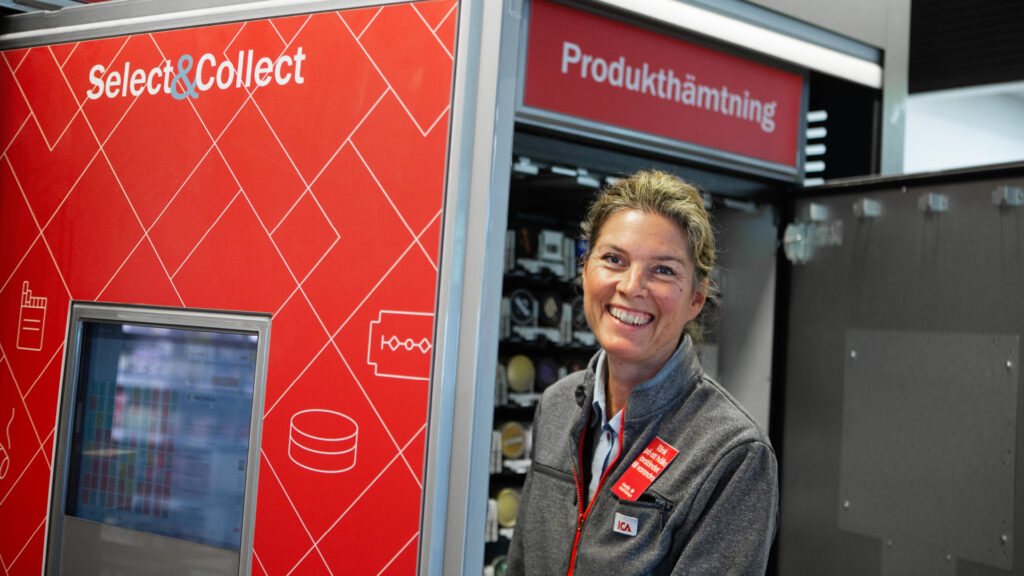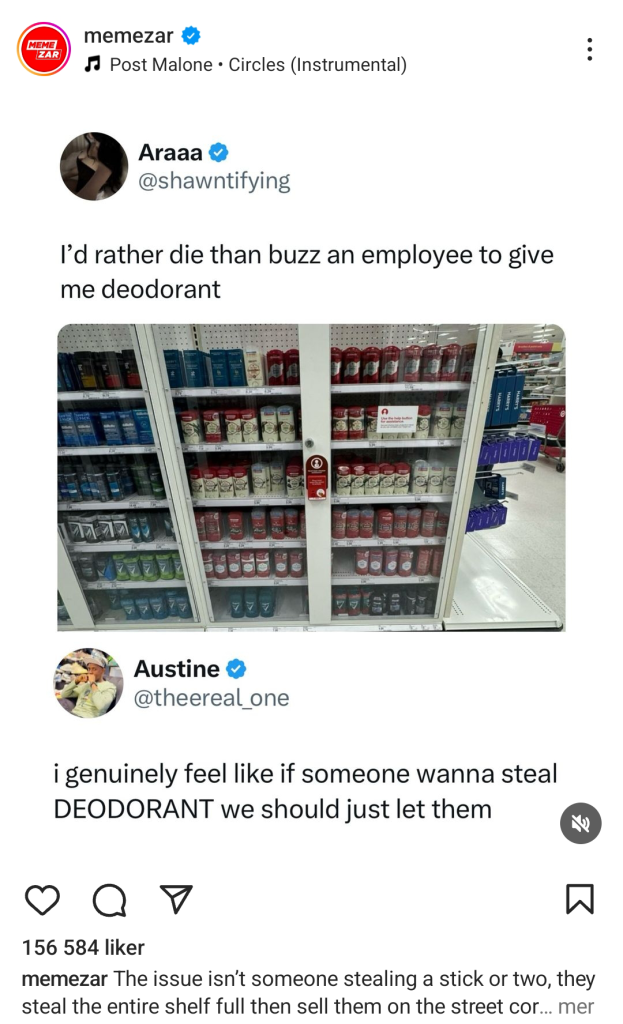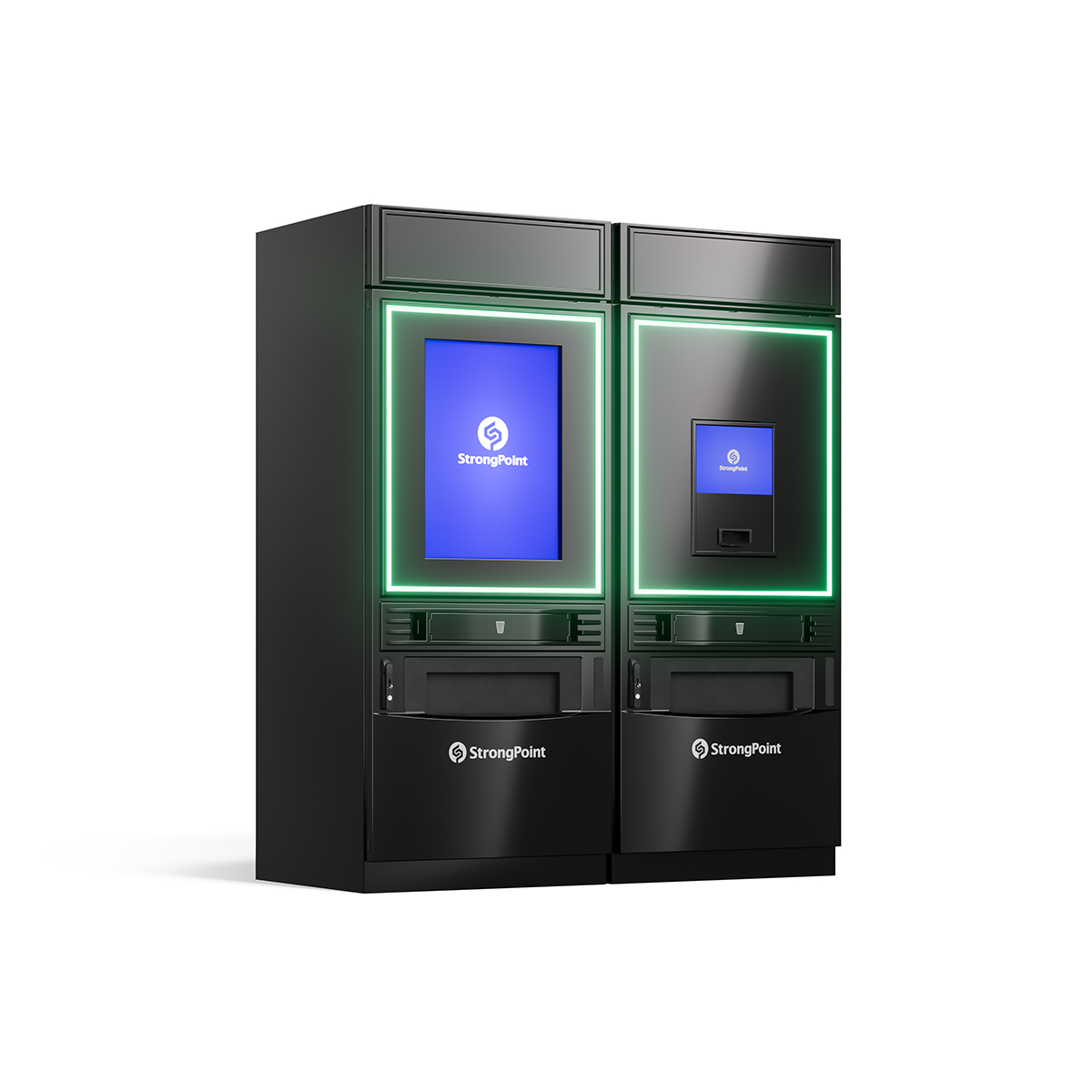Why In-Aisle Vending Won’t Save Your Store from Theft, But Vensafe Will
How a tweak to vending machines can help retailers reduce shrink & protect staff

As in-store theft continues to rise, retailers are taking drastic measures. From turning shelves into locked cabinets to adding safety boxes or security tags to items as small as chocolate bars, retailers are understandably getting desperate.
These solutions don’t stop theft entirely, they just make it a little harder. And for honest shoppers they make it that much harder and longer to buy what they want from their store. In fact, most retailers see a drop in sales which means that many simply decide not to buy the item.

Retailers find themselves stuck between a rock and a hard place: deter theft and decrease sales, or do nothing and suffer from theft, alongside the associated risks to staff and customers alike.
So, what’s the solution?
Some have turned to several versions of an existing solution as a potential fix: vending machines in-aisle. The items are secured, and theft is reduced to nearly zero.
However, there are multiple downsides with in-aisle vending:
- Creates multiple payments points customers
It’s awkward to interrupt a shopping trip to stop at a vending machine, buy a separate item, add it to your trolley or basket, and then go through another payment process. - Restricted payment methods
Vending machines may only accept certain payment methods, making it more difficult for customers. - Can’t pay in cash
The in-aisle vending machine is unlikely to be able to receive cash. That means the products become unavailable to some customers. - Makes job for security staff harder, not easier
Security staff should be aware that some customers will purchase items from the in-aisle vending machine and may not exit through the checkout area. This may complicate their job and require additional checks for honest customers to confirm their vending machine purchases. - Coupons & club cards
Vending machines often don’t integrate well with store loyalty programs, discount coupons, or club cards. - No opportunity to inspect products
Shoppers often like to inspect products before purchasing. Comparing packaging or reading product details. Vending machines don’t allow for this. - Difficulties for elderly or less tech-savvy shoppers
Older customers or those who are less familiar with technology may struggle to use vending machines.
What’s the solution
In Scandinavia, retailers have been using a solution that’s not far removed from a vending machine but doesn’t come with the 7 key weaknesses of an in-aisle vending machine.
Introducing the Vensafe
All the benefits, none of the drawbacks
Vensafe is a tried and tested solution, already in use in over 2,500 stores across Europe.
Vensafe isn’t a vending machine, it’s a secure dispenser where customers can collect their purchases after they have paid for them.

Vensafe Select & Collect
Vensafe enables a secure in-store collection point for age-restricted and high-theft products purchased through both self-checkout and manned checkouts. This enables retailers to boost in-store efficiencies, increase the safety of their store staff, eliminate sales to minors, and control in-store thefts.
Learn moreHow does this differ from an in-aisle vending machine?
- Customer journey remains the same
Customers can shop as normal and collect either dummy boxes of items or a printed coupon via a screen in-aisle. - Multiple payment methods
As the customer pays via any point of sale at the store and not direct from the vending machine, they can pay any way the store allows. - Can pay in cash
As the point of sale is done before the customer collects their items, they can pay in cash. - Makes job for security staff easier, not harder
As anyone who collects items from the Vensafe has to have already made the purchase, the security staff don’t have to worry about any item that’s stored in the dispensers. - Coupons & club cards
With the purchase at the store’s POS as normal, all coupons, loyalty cards etc. are registered as normal as well. - Can look at products
For items like medicines, shoppers can have product ‘cards’ with all the information available or use dummy boxes. If screens are used, all relevant information can be displayed digitally. - Easier for elderly or less tech-savvy shoppers
If the store uses dummy boxes or product cards, there is no change to the shopping process, so there is no negative impact on these shoppers.
Biggest benefit: you can stock a Vensafe with a wide variety of different products
Often, vending machines are offered by a single product maker or brand as an in-store promotion. For example, take razor blades. Would you prefer a single vending machine promoting one brand’s razor blades or a dozen Vensafes distributing over 100’s of different products?